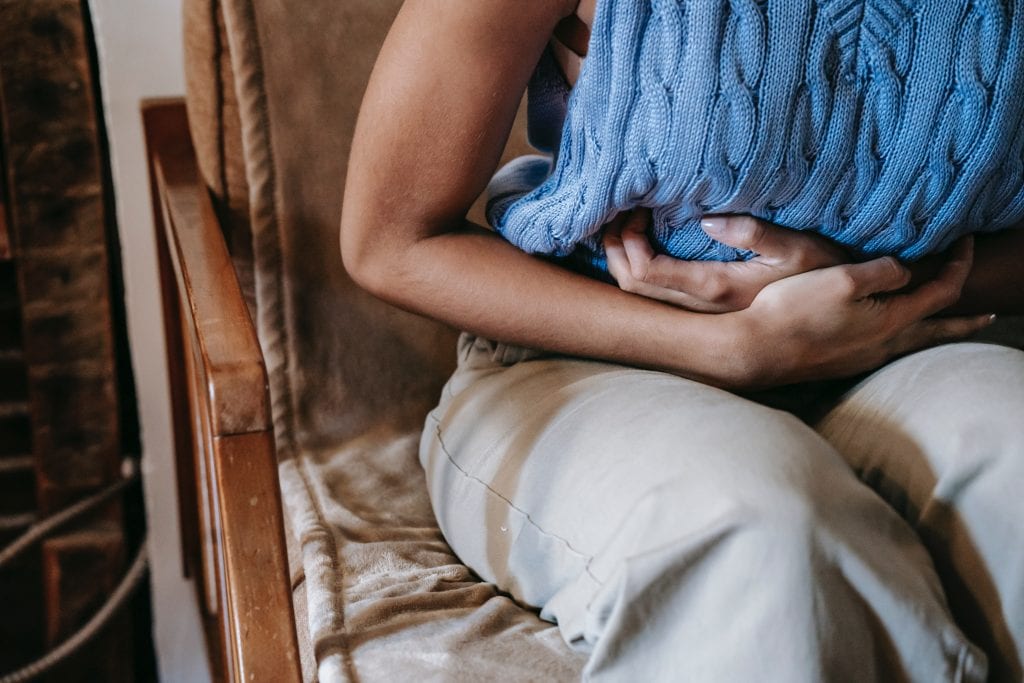What are the Symptoms, Causes and Treatments for Functional Dyspepsia?
Functional dyspepsia is one of the most common stomach disorders, but it’s one that few people have heard of. It is sometimes referred to as a nervous stomach and it has very similar symptoms to other digestive complaints, such as gastritis and IBS so it can be hard to diagnose.
What is Functional Dyspepsia
(also called ‘non-ulcer dyspepsia’)
“Functional” means that the stomach looks normal (so there is no obvious issues like inflammation) but there is still a problem and it just doesn’t function properly.
To be diagnosed with FD your body must show no other signs of digestive damage or irritation.
If any of your symptoms are persistent or get any worse you should talk to your doctor.
Symptoms of Functional Dyspepsia
- Feeling full after eating even a small amount of food
- Bloating
- Pain or discomfort in the upper abdomen
- Nausea
- Burning feeling in the digestive tract
- Excessive belching
If you have any of the following symptoms, you should see a Doctor
- Frequent vomiting especially with any traces of blood
- Changes in Bowel movements
- Dark, tarry stools
- Pain that radiates to your jaw, neck or arm
- Unexplained weight loss
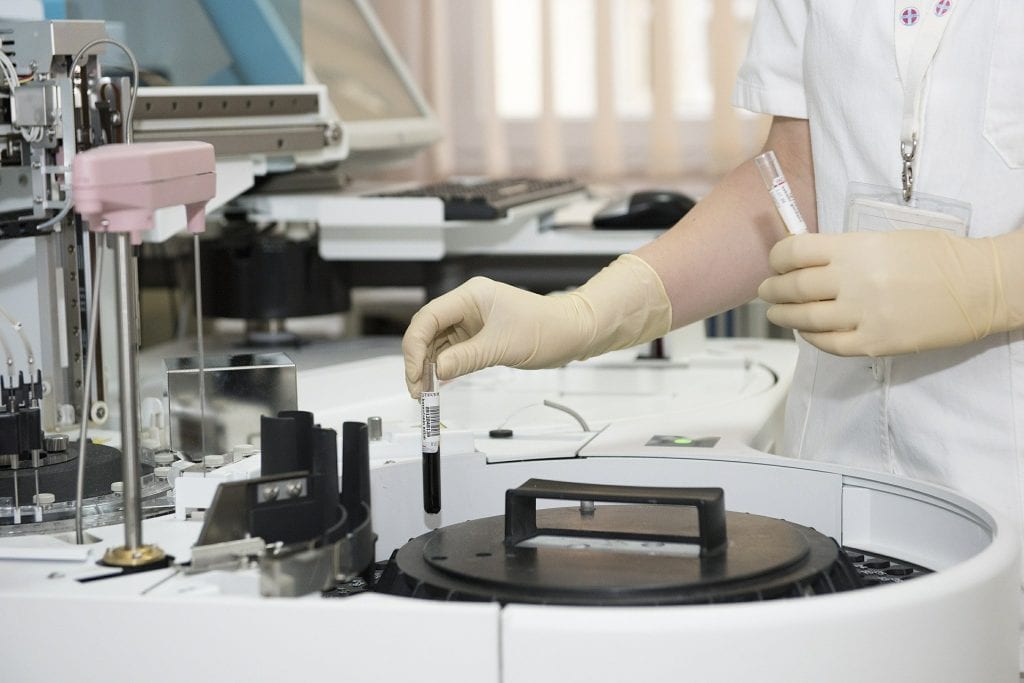
Causes of Functional Dyspepsia
The cause is generally unknown but is often thought to be similar to other conditions like Gastritis.
Diet – Such things as too much alcohol, spicy foods and smoking may aggravate your stomach and cause FD.
Stress – Stress is also considered an important factor in developing symptoms.
Heliobacter pylori – The Heliobacter Pylori infection can also trigger FD, this can be tested for by your Doctor, with one of the following tests
- Urea breath test – You will be given a special drink that contains urea, its possible to detect H.Pylori on your breath after taking the drink.
- Stool antigen test
- Biopsy – Sample taken during endoscopy – A small sample (biopsy) can be taken during an endoscopy, which can be tested
- Blood test
If you do test positive you will likely be given antibiotics to clear your body of the infection.
Treatments for functional dyspepsia
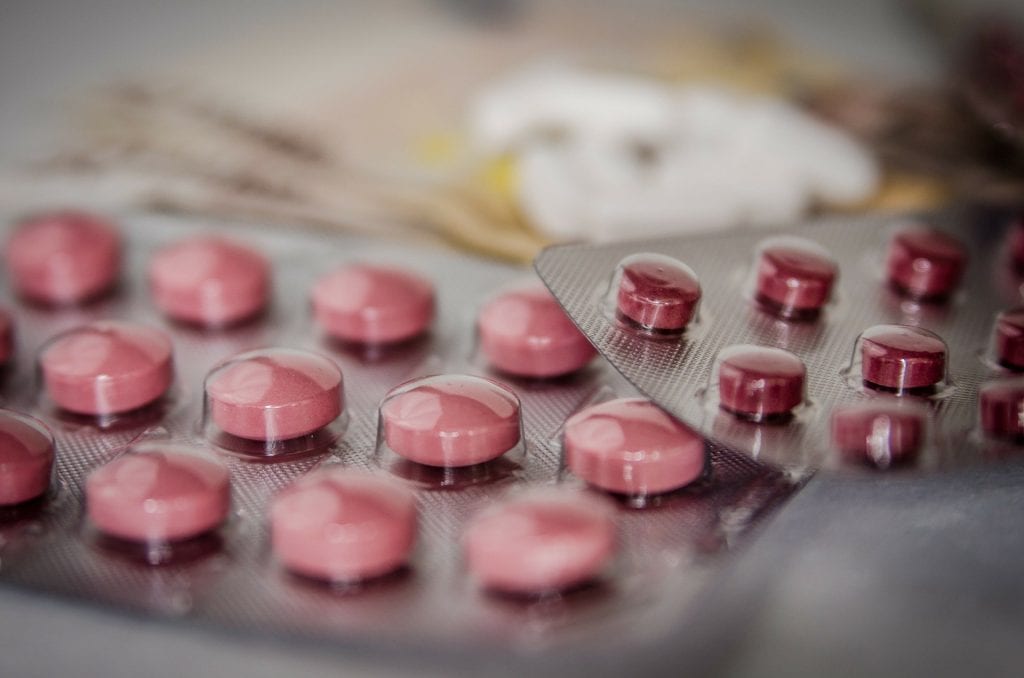
Treatment is very similar to that of Gastritis, these are often in the form of the following
Antacids – things like Gaviscon and Tums. These are great to try if are having mild symptoms, and sometimes they will be enough to help you feel better.
PPi’s – Proton pump inhibitors work by blocking an enzyme necessary for acid secretion. There are various types that can be prescribed and from personal experience if one does not agree with you ask your GP if you can try another one. I found Omeprazole gave me horrendous headaches, but I tolerated lansoprazole very well.
H2 blockers – these medicines reduce the amount of acid produced by the cells in the lining of the stomach.
Ranitidine (Zantac) – There used to be a very popular H2 blocker that worked really well for me and many others, but unfortunately was recalled, as the FDA had found a probable human carcinogen (a substance that could cause cancer) in it.
Antibiotics – If H.pylori is found then antibiotics may be prescribed.
Antidepressants – On the Facebook group support group I belong to some people have been prescribed low dose antidepressants such as Amitriptyline, and have reported good results.
Iberogast – Lots of people report good results using Iberogast has 9 natural plant extracts. These herbs work together to relieve multiple digestive symptoms such as bloating, nausea and fullness.
I have found this a little harder to get in the UK recently, but I can usually still get it on eBay.
lifestyle changes to help Functional dyspepsia
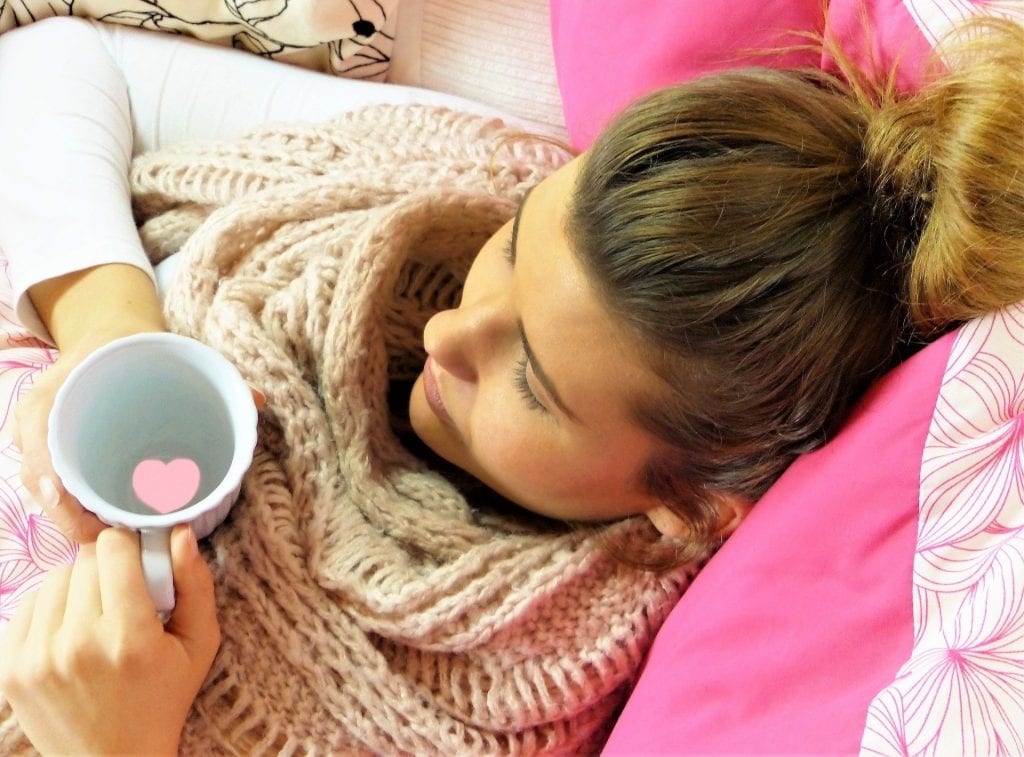
Diet changes – Try to find out what your trigger foods are. I know that I can’t drink coffee or eat a rich tomato sauce without giving myself problems. Things like alcohol, spicy foods and fatty foods are common trigger foods for people with FD.
Eat smaller meals – It is better to eat little and often than to eat large meals.
Eat a low fat diet – Fat is harder to digest, so a low-fat diet is preferable, especially if you have a slow emptying stomach.
Don’t forget to eat! – It’s also often found that having an empty stomach can make FD worse, as there will only be acid in your stomach which can make some people feel nauseous. I tend to have something like a rice cake or a cracker between meals to avoid getting over-hungry.
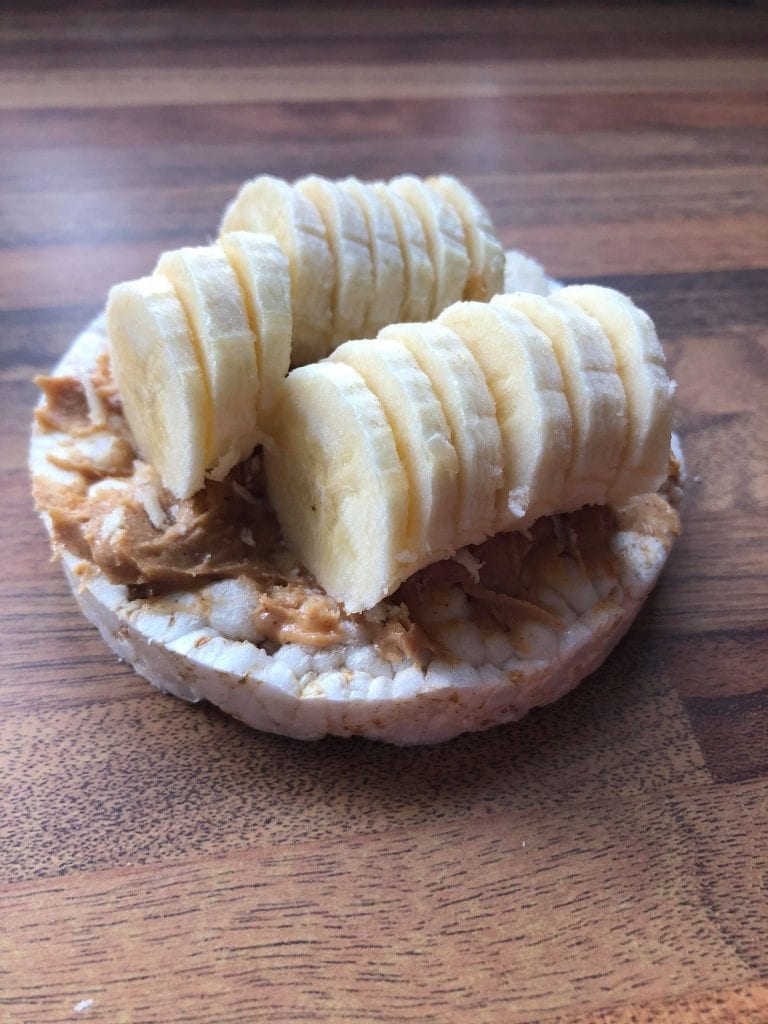
My favourite snack about 3 pm each day is a rice cake, with peanut or Almond butter and sliced banana. It’s delicious and is just enough to keep me going until dinner time.
Vitamin D – Vitamin D3 is thought to help your stomach if you have issues with motility.
Drink lots of water – Drink lots of water, not fizzy drinks or squash. Aim for at least 6-8 cups of water a day.
Relax when you eat – try and take your time and relax when you eat a meal. Chew each mouthful well and be aware of what you are eating. Sitting at the table and not in front of the TV will help you concentrate on your digestion more.
Avoiding stress – Functional dyspepsia is often called a ‘nervous stomach’ so it stands to reason that many of the symptoms of FD are caused by stress, nervousness or worry.
So trying to avoid stressful situations as much as possible will help your stomach in the long run.
This page has some tips on stress management that I have found really helpful Click here
Hot compress – If you suffer with pain or stomach discomfort, I find a hot compress such a comfort. I use a lavender wheat bag, but a hot water bottle would be just as good. I find it relaxes me very quickly and helps with the pain.

